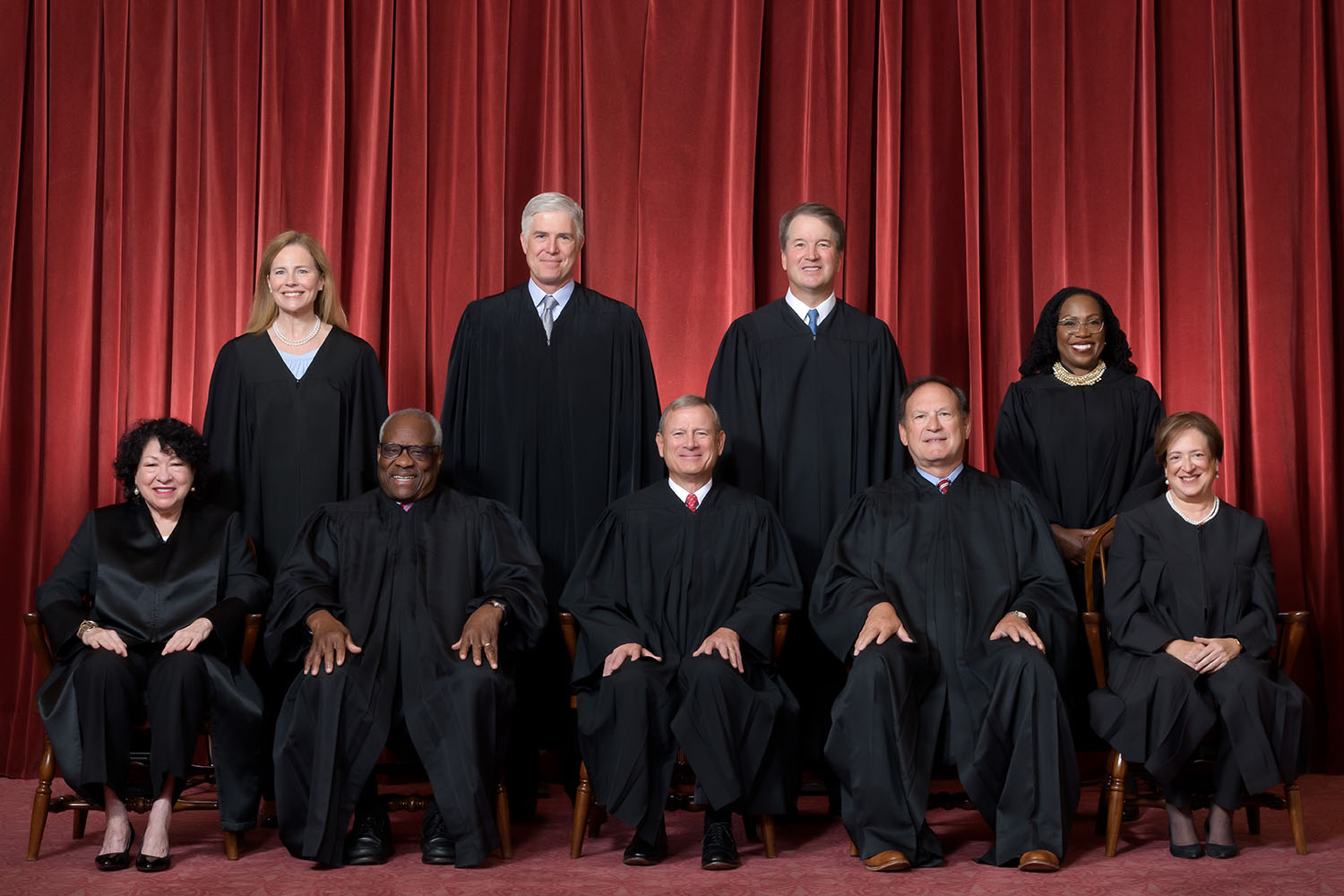Open Minds – Definitions
Words and phrases have particular meanings. These meanings are steeped in history and tradition. Over time, those definitions might change, but words have meaning.
The meaning of words morphs either naturally or intentionally. They also mean different things based on different cultures.
In England, a “fag” is a cigarette. In the United States, it is a male homosexual.
When I was a kid, we used a phrase, “I’m so angry I could jump down your throat!” Or, quoting from the Cambridge Dictionary, “I made the mildest of criticisms and he jumped down my throat.”
I was having a very frustrating conversation with my son’s principal. I some point I said, “I’m so frustrated I’m having a hard time not jumping down your throat.” At the end of the conversation, as I was leaving, she asked why I didn’t become a teacher and invited me to become one.
I left feeling good.
The next day I was told I was not allowed on school property because I had threatened to physically harm her.
She didn’t want to hear what the phrase meant. She didn’t care that she had not felt threatened at the time. Instead, after the fact she decided it was a threat.
Opening Our Minds
When we are listening, we need to understand and accept the meaning of the words as the person speaking intends them. To do otherwise is to act in poor faith.
When I am talking about criminal aliens, or illegal aliens, it means exactly what the law says it means. It means a person who is not a citizen of the country and who is here without permission of the government.
It does not mean all immigrants or migrants. It means exactly what the definition says it means.
If you hear somebody say, “We should deport illegal aliens,” it is highly unlikely they are talking about legal immigrants. Yes, there are some people who want legal immigrants gone. That is a different issue.
It is worse when we hear spokespeople conflating these terms intentionally. Normally they begin by claiming to know the motive of the speaker. Having decided on the motive of the speaker, they then tell you how to interpret the phrase, twisting the intended meaning of the word or phrase.
Again, I grew up in an age where proper English used male pronouns to indicate both male and female when speaking of a group. I’ve gotten used to the newfangled method of using “they” and “them” instead, but I slip from time to time.
When I slip, does this mean I’m excluding women? No. It just means I’m using proper English from my childhood.
This includes things like “postman”, “mailman”, “policeman”, “fireman”, and hundreds of other terms of the sort. It is not exclusionary, nor is it denying that there are female letter carriers. These are just the original terms.
Phopic
“Agoraphobic”, “arachnophobic”, “hydrophobic”, and “acrophobic” are all fears. Fear of open spaces, fear of spiders, fear of water, and fear of heights.
My daughter has said I’m “transphobic”. I asked her, “Have I ever exhibited fear of a trans person?”
“No.”
“Then why are you saying I’m afraid of trans people? That is what “phobic” means.”
“Yeah, that’s what ‘phobic’ means, but ‘transphobic’ doesn’t mean fear of trans people.”
The word was intentionally picked to suggest that anybody having a disagreement regarding anything trans related is actual acting out of fear of trans people.
It doesn’t matter what they say the term means; people know that “phobic” means “scared of.”
Unregistered Firearm
Uh, there is no such thing.
While TV shows talk about firearm registrations and people owning registered firearms, the reality is that there is no federal requirement to register your firearms.
An “unregistered firearm” just means a gun that nobody was forced to tell the government about. Some states require firearm registration. Some states require that the firearm that you carry on your person be registered with your permit.
These are the exceptions to the law.
A recent news story about a New Hampshire man sueing his former high school administration for breaking into his vehicle and searching it because he had told a friend he owned a firearm mentions that “He had a registered firearm”.
There is no such thing in New Hampshire. There is no way to register your firearm with the government in New Hampshire.
Mostly Peaceful Protest
Between 2003 and 2012, The March for Life in Washington, D.C. drew crowds exceeding 400,000 people. I’ve heard reports as high as 1.2 million for some of the 2020s.
Between 1987, the first march, and today, there have been zero or nearly zero violent actions by the protesters.
What reports of violence can be found seem to be from counterprotesters doing violent things to the people of the march.
Any protest that erupts into violence or mob-like actions is not peaceful. It isn’t even mostly peaceful.
I’ve strayed; some of these are more akin to lying than misusing words.
Look for the least offensive definition
When you open your mind, you should be able to read or hear the words and decide which definition to use. Don’t leap to the worst possible definition, or to an obscure definition; work to understand what is being said and communicate.





 Truth hurts.
Truth hurts.

 From the Maine Wire, Mon. October 20, 2025:
From the Maine Wire, Mon. October 20, 2025:
